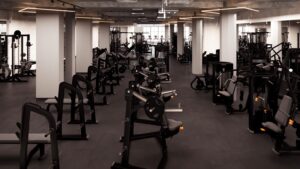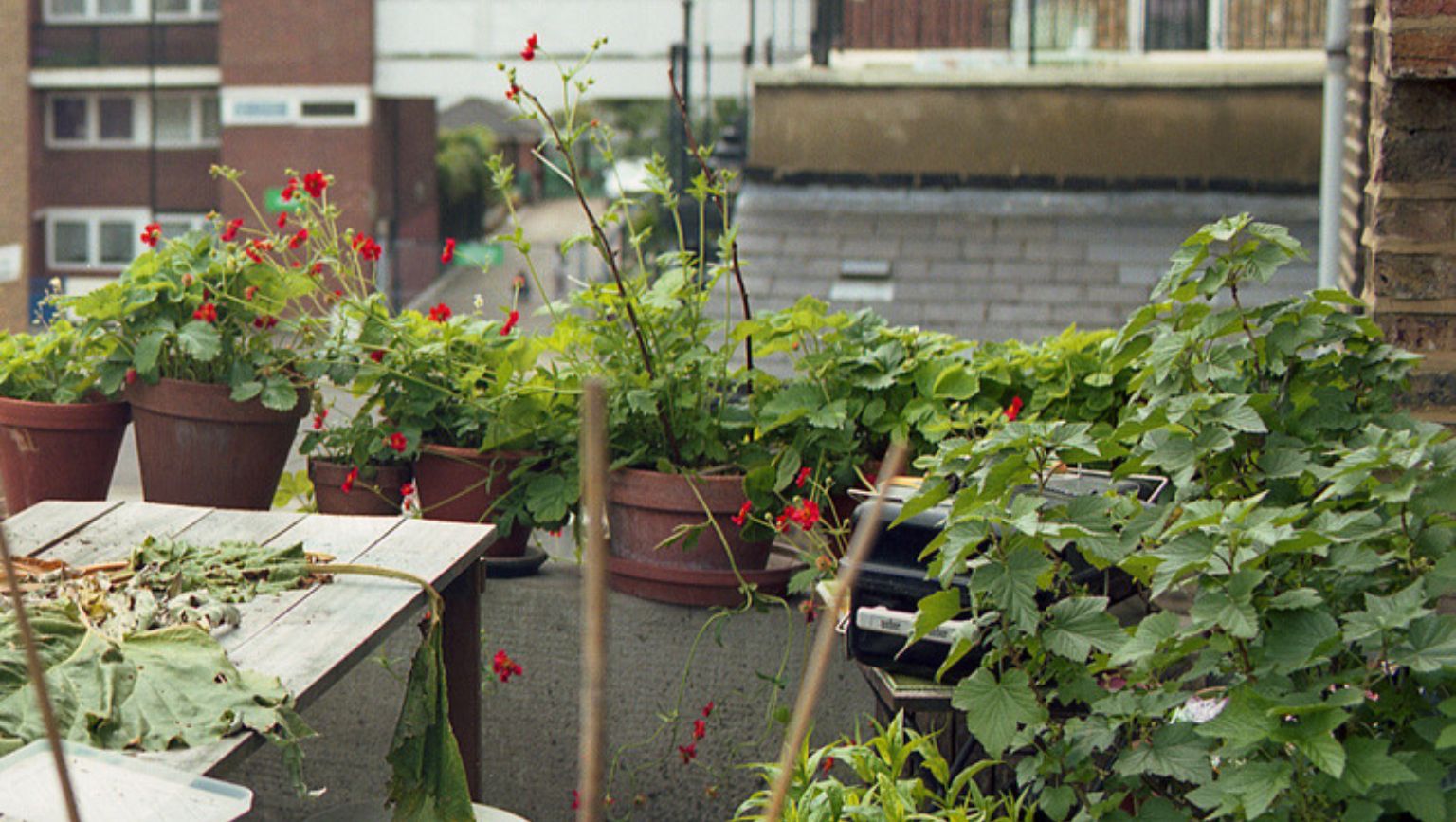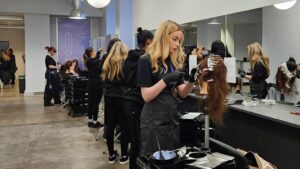
The Basement Gym + Studio opens in Camden Town
Camdenist readers get 50% off their first month’s membership, too

I’ve lived around here for eighteen years. I spent much of my childhood between my mum’s house in Camden and my dad’s in Hackney before moving away to Glasgow to study. There aren’t many places in London I consider myself comfortable in, but Camden is definitely one of them. It’s nuts here and I like that. The place that means the most to me is my mum’s. That space represents Camden for me, the brightness of it, the liveliness of it. Her balcony is where I took some of my first photos. It’s one of my favourite places to be and it’s an environment I’ve spent a lot of time in. My mum’s plants bring me a lot of comfort, I resonate with that space and it feels like home.
I’m really interested in people and their surroundings. There tends to be quite a lot of colour in my photos, probably influenced by my mum in part – she’s a very colourful person. My work is often grounded in environments where I spend a lot of time, and centred on people and the connections they have with places. Most of my work is family based. I’m interested in why certain photos resonate with people and how I can observe that in my own work.

It’s a way for me, as an artist, to give myself a purpose. It’s the only thing that drives and motivates me. Once I get into a project, making something is the only thing that makes me really excited about anything. It makes me want to explore and be curious. My creativity leads me into other places like psychology or science.
It’s constantly changing. I used to be into comics and anything narrative-based involving a lot of colour. Nowadays, it’s mostly photographers and filmmakers, especially people who focus on everyday life. One example is the naturalistic fashion and art photographer Nigel Shafran. I like looking into the minor details of daily life, exploring connections between people and places and the mundane.
Trying new things. I can get stuck in comfort and routine so it’s important to push myself. Go to new places, try new things, cook something new. I recently started knitting and I love it. I’m quite a restless person so I enjoy doing things with my hands while I watch films or listen to podcasts.
To not push an idea of how something is supposed to go. Everything can be done in different ways. There are ideas of how you’re supposed to get to a certain place, a series of things you’re supposed to complete. I’d like to see other approaches.
Very silly. I don’t take myself seriously. At all. Ever. I’m very interested in things, and I love having conversations with people. There’s a lot of curiosity. I’m incapable of doing anything that isn’t related to art. It’s not a possibility for me.
To not put too much emphasis onto something straightaway. It’s quite easy to get carried away when you’re first starting a project or getting into something, but sometimes this doesn’t allow for things to branch out or go in a direction you wouldn’t have expected. Taking things as they come is important, just allowing yourself to muck about.
Want to collaborate?
If you have a design idea for a t-shirt, you can pitch it to us at team@camdenist.com. Please include a short description of yourself, your idea and any examples of previous work.

Camdenist readers get 50% off their first month’s membership, too

A brand new hairdressing and barbering academy has landed in Camden Town and is now seeking style-conscious models and enthusiastic trainees

We speak to founder, Sol, about bringing the studio to Kentish Town

Explore the neighbourhood’s brand new neighbourhood